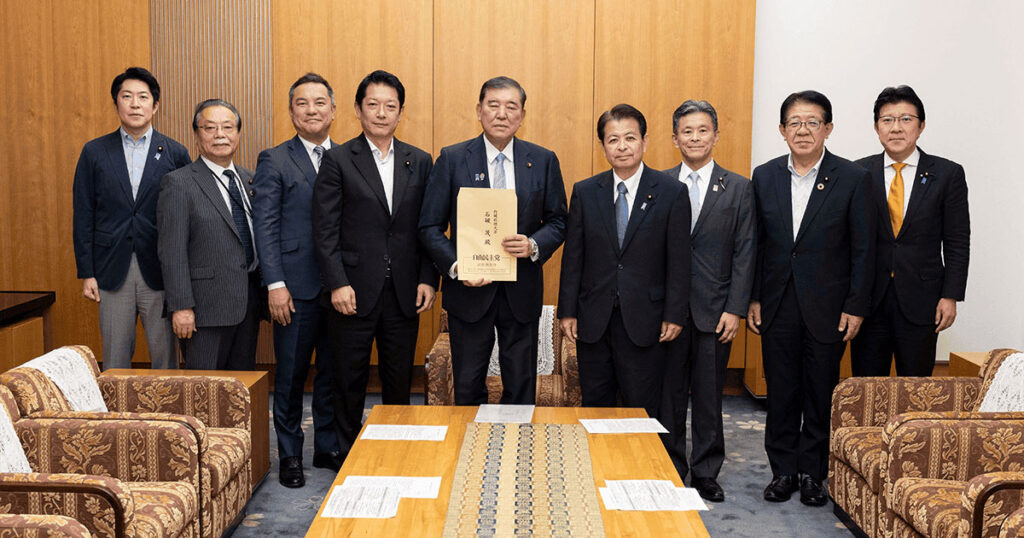Updated by "Forest Circular Economy" Editorial Board on June 03, 2025, 10:00 AM JST
Editorial Board, Forest Circular Economy
Forestcircularity-editor
We aim to realize "Vision 2050: Japan Shines, Forest Circular Economy" promoted by the Platinum Forest Industry Initiative. We will disseminate ideas and initiatives to promote biomass chemistry, realize woody and lumbery communities, and encourage innovation in the forestry industry in order to fully utilize forest resources to decarbonize the economy, strengthen economic security, and create local communities.
The Liberal Democratic Party of Japan (LDP) released its "Proposal for Realization of Circular Economy through Forest Resources" on June 2, 2012, and together with the implementation of the revised Forest Management Control Law, it has launched a package of intensive measures aimed at creating a new national land and revitalizing regional economies. It aims to solve multiple policy issues such as regional development, decarbonization, and disaster prevention in an integrated manner. It is a comprehensive policy proposal that positions the structural transformation of forests, forestry, and the timber industry as a national challenge, and also looks ahead to the formulation of the next basic plan for forestry and forestry.
Behind this proposal are structural issues such as the "coming of age" of forest resources and the accelerating depopulation and aging of the population, the decrease in the number of forestry workers, and declining demand for housing. The proposal states that, in light of the risk of wood shock and dependence on imported timber, it is essential to establish a stable supply system for domestic timber from the perspectives of "disaster-resistant national land formation" and "economic security. It is expected to break through this situation and redefine forests as a recyclable resource, which will play a central role in the circular economy.

The proposal promotes the early operation of a new scheme under the revised Forest Management Control Law to accelerate the agglomeration and intensification of forests. It also promotes the use of remote sensing technology and the development of digital networks to overcome the unclear ownership boundaries. In addition, the policy is to improve the income and working styles of forestry workers through the implementation of smart forestry, and to develop human resources, including new entrants from other industries.
There are two pillars to increasing demand for domestic lumber. One is to promote product development and reinforcement of the supply chain from upstream to downstream in order to support the shift from imported lumber in the residential sector. The second is to promote wood construction in the non-residential sector. The first is to create a trend toward "urban wood construction" through the development and verification of fireproofing technologies for mid- and high-rise buildings and the pioneering introduction of such technologies in public buildings. The program also includes support for the creation of wood-derived carbon credits and for research and development of woody biomass products such as modified lignin and wood liquor, which are expected to create new added value.
Acceleration of measures to strengthen the national land, including mountain control projects and forest fire prevention, was also proposed. It also specifies the use of wood for temporary housing in the event of a disaster and the utilization of local timber.
It is also noteworthy that the forestry policy is linked to the improvement of the quality of life of the people, as it includes the felling and replanting of cedar planted forests and the promotion of low-pollen seedlings as a measure against pollen allergy.
Promotion of the use of the Forest Environment Concession Tax, a source of funds for forest maintenance by local governments, is also proposed. The policy of strengthening the framework for sustainable operation of the system through sharing of good practices by the national government and fostering public understanding was indicated.